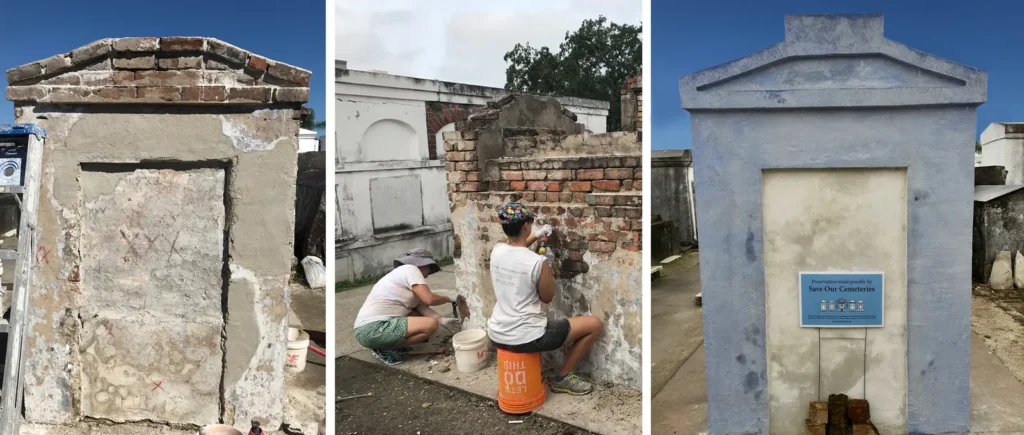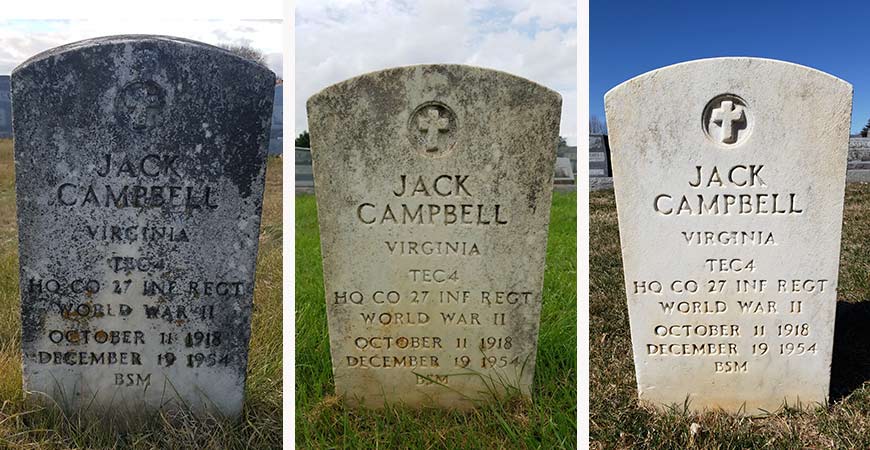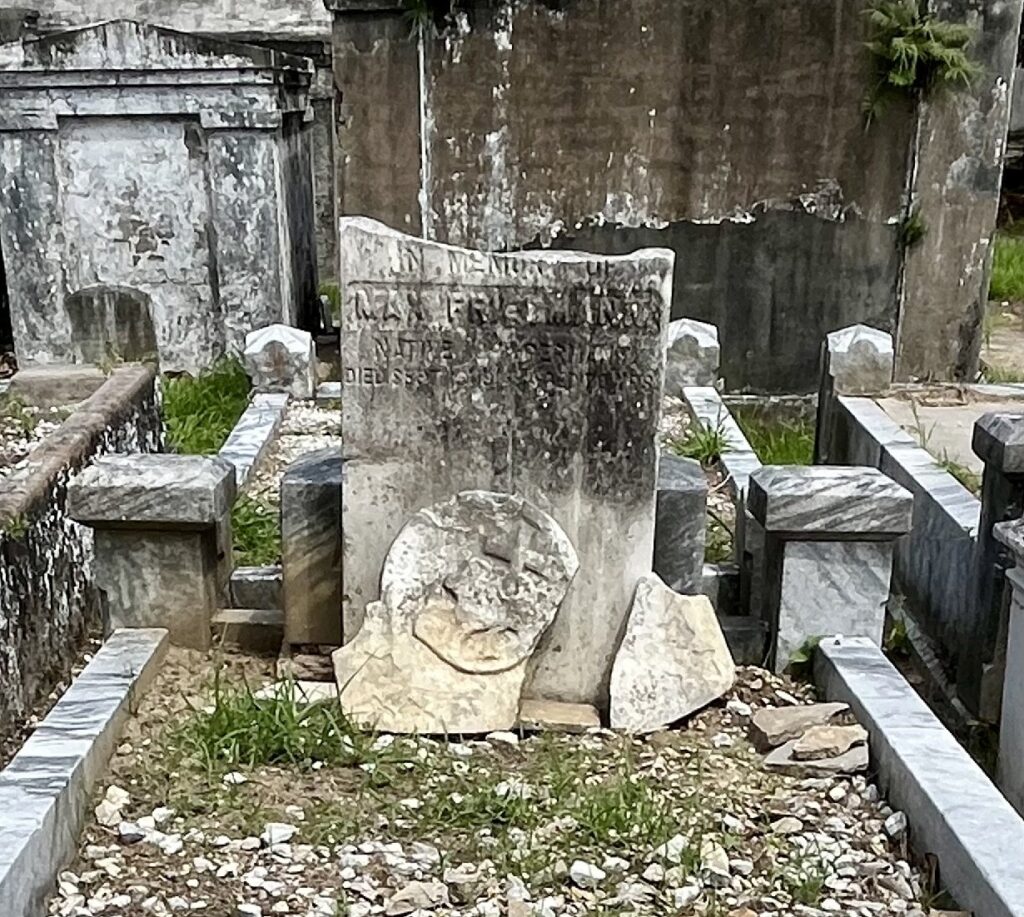
The Science of Gravestone Preservation: Best Practices & Challenges
Gravestones are not only markers of the deceased—they are historical artifacts, cultural symbols, and often works of art. Yet, time is relentless. Weathering, pollution, biological growth, and even human neglect contribute to their gradual decay. So, how do we preserve these silent storytellers for future generations? This is where science meets history.
Gravestone preservation isn’t just about cleaning a stone and calling it a day. It requires a careful balance of chemistry, geology, environmental science, and conservation techniques. Let’s dive into the best practices and the significant challenges faced in gravestone preservation.
Contents
The Science Behind Gravestone Deterioration
Before we talk about preservation, we need to understand what we’re fighting against. Gravestones, depending on the material they’re made of, suffer from different types of damage.
1. Weathering and Erosion
Rain, wind, and fluctuating temperatures are the enemies of stone. Water seeps into porous materials like limestone and sandstone, freezing and expanding in colder months. This “freeze-thaw cycle” causes cracks, leading to gradual breakdown.
2. Acid Rain and Pollution
Modern air pollution has given us acid rain, which is particularly harsh on marble and limestone. These stones contain calcium carbonate, which reacts with acids, dissolving the surface and erasing inscriptions over time.
3. Biological Growth: Lichen, Moss, and Algae
Ever seen a gravestone covered in green or black patches? That’s biological colonisation—moss, algae, and especially lichen. While some people find the aged look charming, these organisms produce acids that weaken the stone’s structure.
4. Human Impact: Neglect, Vandalism, and Improper Cleaning
Ironically, well-meaning attempts to “clean” gravestones can accelerate their deterioration. Harsh chemicals, power washing, and abrasive scrubbing remove protective layers, exposing stones to faster decay. Additionally, vandalism and neglect leave many markers broken and forgotten.

Challenges in Gravestone Preservation
Despite best efforts, preserving gravestones comes with significant challenges.
1. Limited Funding and Resources
Most cemeteries, especially older ones, operate on tight budgets. Historic cemeteries with no active burials often receive little to no financial support, making conservation efforts difficult.
2. Lack of Expertise and Awareness
Many gravestone preservation projects are conducted by volunteers with little formal training. Whilst well-intentioned, improper restoration efforts can sometimes do more harm than good.
3. Climate Change and Environmental Damage
Rising temperatures, increased rainfall, and stronger storms contribute to faster gravestone deterioration. Cemeteries in coastal or flood-prone areas are particularly at risk.
4. Ethical and Legal Considerations
Who has the right to restore a gravestone? Some families may not want historical markers altered, while legal restrictions in certain areas prevent well-meaning restoration projects. Ethical concerns also arise when deciding how much to restore—should we return a stone to its original condition or preserve it in its current, aged state?

Best Practices for Gravestone Preservation
Given the many threats gravestones face, what are the best ways to protect and restore them? Preservation experts follow strict guidelines to ensure longevity without causing harm.
1. Cleaning Gravestones the Right Way
The biggest mistake people make when cleaning gravestones is using household cleaners or power washers. Instead, follow these expert-approved steps:
- Use Soft Brushes: A natural bristle brush (not metal) is best for removing dirt without scratching the surface.
- Water is Your Best Friend: Start with plain water and gentle scrubbing. For tougher stains, use a specialised biocidal cleaner like D/2 Biological Solution, which safely removes lichen and algae without harming the stone.
- Avoid Harsh Chemicals: Bleach, ammonia, and vinegar may seem like strong cleaners, but they actually accelerate decay.
- Test Before Applying: Always test a small area before applying any cleaning solution.

2. Repairing and Resetting Broken Stones
When gravestones break, careful restoration is needed. Here’s how conservationists handle them:
- Epoxy Adhesives: Used for reattaching broken pieces, but only conservation-grade epoxies should be used to avoid chemical reactions that might weaken the stone.
- Lime Mortar for Filling Gaps: Unlike cement, lime mortar is breathable and flexible, preventing further damage.
- Resetting Leaning Stones: Gravestones that tilt or sink should be properly reset using gravel or a concrete base, never just buried deeper.


3. Preventing Future Damage
Once a gravestone is restored, preventive care is key:
- Trim Overgrown Vegetation: Roots and vines can push stones over or trap moisture, leading to more damage.
- Proper Drainage: Cemeteries should have well-maintained drainage systems to prevent standing water, which accelerates erosion.
- Education & Advocacy: Many gravestones are lost due to ignorance. Teaching cemetery caretakers and visitors about proper care can make a big difference.
The Future of Gravestone Preservation
As science and technology evolve, new methods are being developed to improve gravestone preservation:
- 3D Scanning & Digital Mapping: Creating digital archives of gravestones ensures that inscriptions and details are recorded before they fade away.
- AI-Powered Restoration: Artificial intelligence can help reconstruct missing or damaged inscriptions.
- Eco-Friendly Treatments: Research is being conducted on biodegradable cleaners that remove biological growth without harming the environment.
The goal isn’t just to preserve gravestones but to safeguard history itself. These markers tell the stories of past generations, reflecting cultural changes, artistic trends, and even social status. Protecting them ensures that future generations can learn from the past.
Bottom Line
Gravestone preservation is both a science and an art. It requires knowledge of geology, chemistry, conservation techniques, and ethical considerations.
Whilst environmental and human factors constantly threaten these historic markers, the right preservation strategies can slow their decay.
By using gentle cleaning methods, restoring damaged stones with care, and advocating for cemetery conservation, we can help protect these silent storytellers for centuries to come.
So next time you wander through a cemetery and see a moss-covered, weathered stone, remember—it’s not just a rock with a name. It’s a piece of history, waiting to be saved.
FAQs
Ideally, no more than once a year. Overcleaning, even with safe methods, can accelerate erosion.
No. These substances are highly acidic or alkaline and can weaken the stone, causing permanent damage.
No, common materials include marble, limestone, granite, sandstone, and slate. Each requires different preservation techniques.
Using a biocide cleaner like D/2 Biological Solution can help, but keeping the stone dry and exposed to sunlight also prevents growth.
Many historical societies and cemetery conservation groups welcome volunteers. You can also advocate for preservation funding and awareness in your local community.

Leave a Reply